4 Pennsylvania Plaza, New York, NY 10001
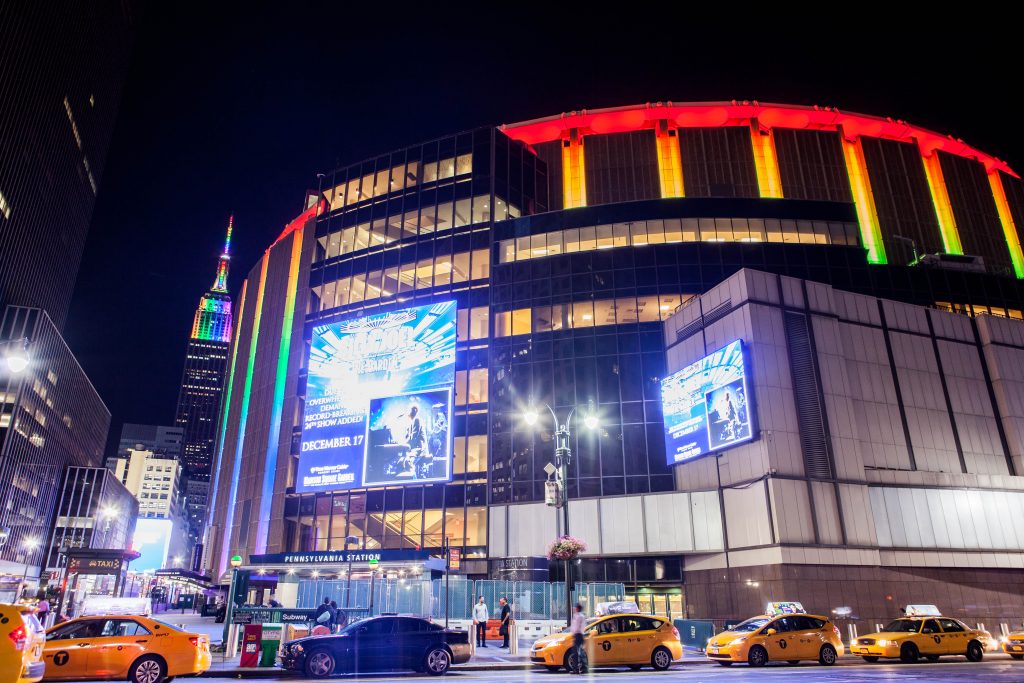
Madison Square Garden is an indoor arena venue just south of the theatre district in Manhattan above Pennsylvania Station. Often referred to as “The Garden” or as “MSG,” it is used to host professional sporting events such as boxing, hockey, and basketball, as well as for circuses, ice shows, and many other forms of entertainment. There have been several other venues with the same name since the 1870s. This is the fourth incarnation of Madison Square Garden. It was opened in 1968. Seating capacity varies between events, but is generally around 20,000.
Beneath the main arena, there is a second event space called The Theater at Madison Square Garden. It seats from 2000 up to about 5,600 people, making it larger than any of the Broadway Theatre venues, though with a much lower ceiling.
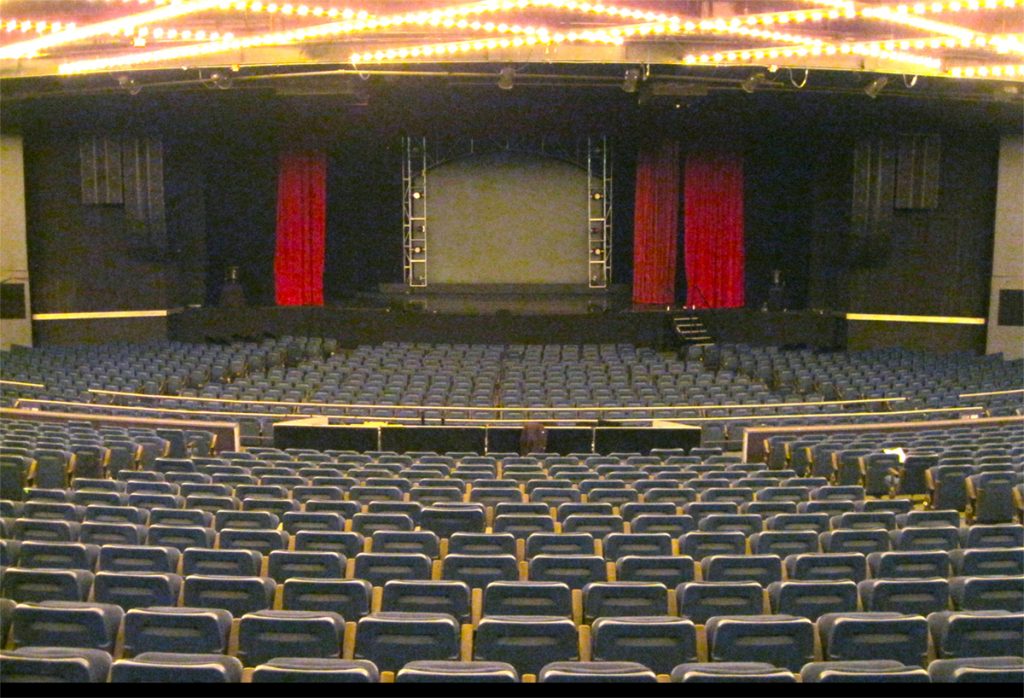


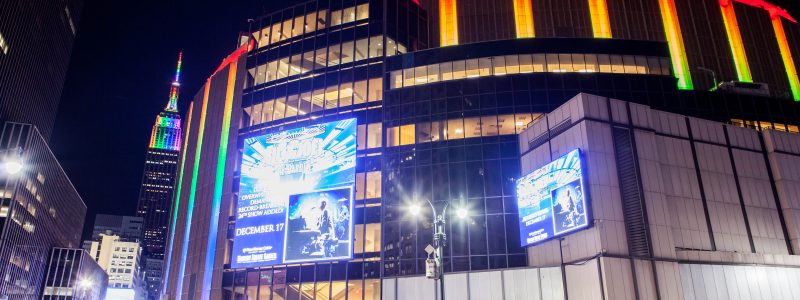


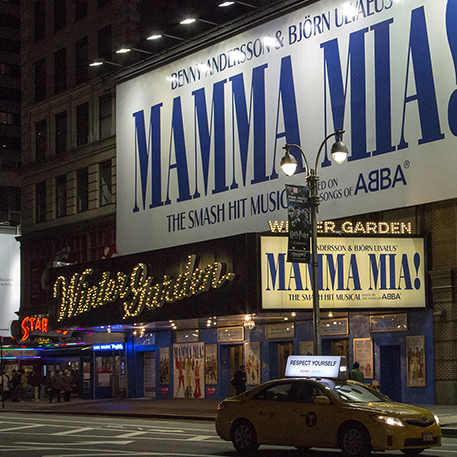
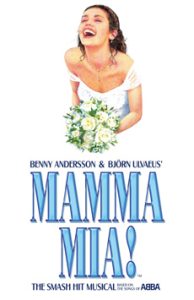
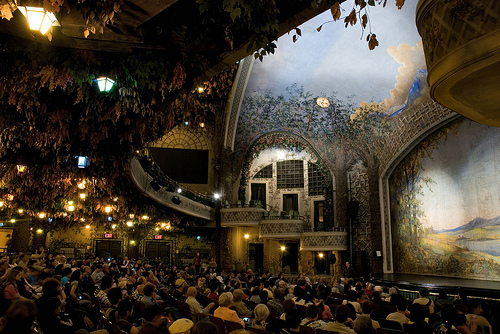
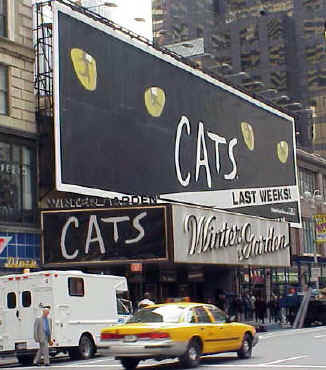
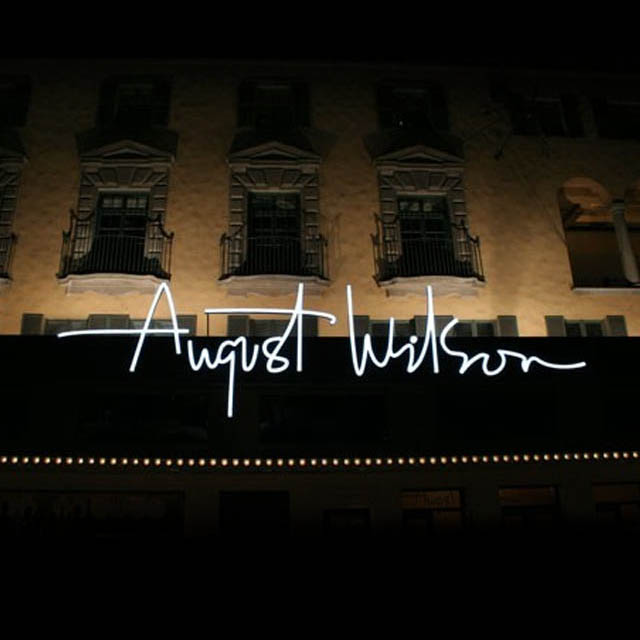
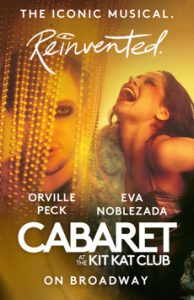
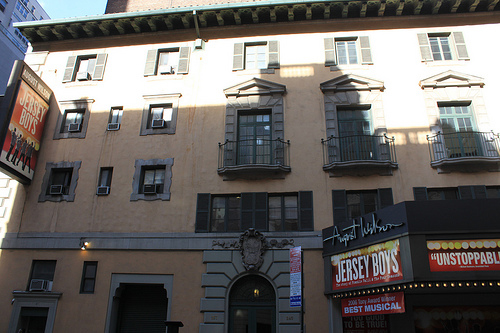



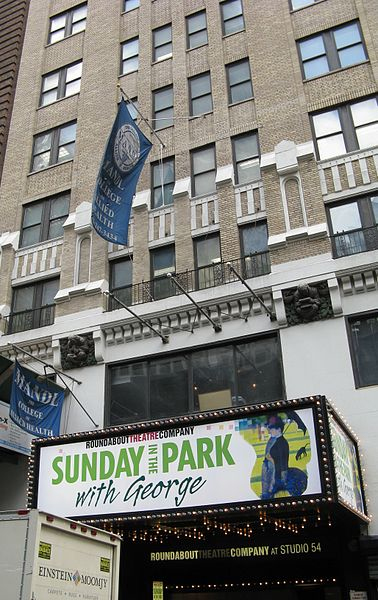
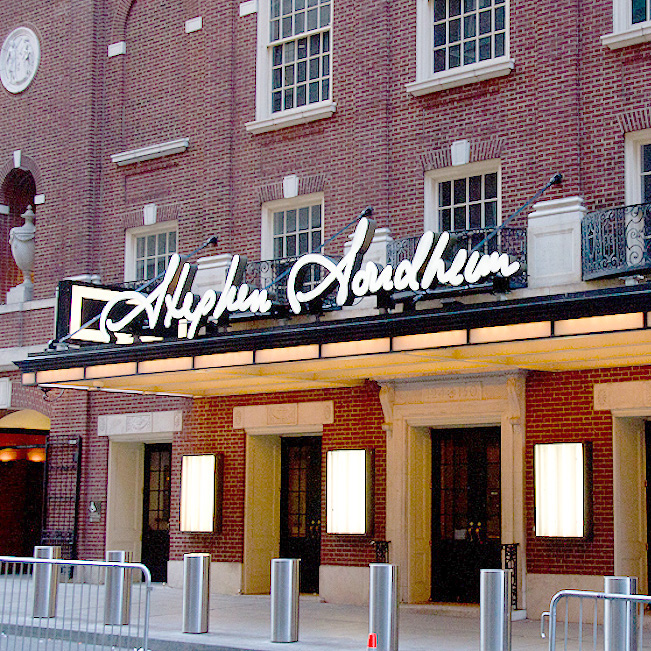

 Architects Paul R. Allen and Ingalls & Hoffman designed the Stephen Sondheim Theatre in the Neo-classical style. It was constructed by and originally named for actor-producer Henry Miller. On April 1, 1918, it opened with a production of The Fountain of Youth. It was the first theatre in Manhattan that had air-conditioning. From the 1930s to the late 1960s, the theatre housed a range of famous performers, including Leslie Howard, Douglas Fairbanks, Helen Hayes, Lillian Gish, and Ruth Chatterton. It began showing feature films in 1968 until the 1970s when it became a porn theater called Avon-at-the-Hudson. It was transformed into the disco nightclub Xenon in 1978.
Architects Paul R. Allen and Ingalls & Hoffman designed the Stephen Sondheim Theatre in the Neo-classical style. It was constructed by and originally named for actor-producer Henry Miller. On April 1, 1918, it opened with a production of The Fountain of Youth. It was the first theatre in Manhattan that had air-conditioning. From the 1930s to the late 1960s, the theatre housed a range of famous performers, including Leslie Howard, Douglas Fairbanks, Helen Hayes, Lillian Gish, and Ruth Chatterton. It began showing feature films in 1968 until the 1970s when it became a porn theater called Avon-at-the-Hudson. It was transformed into the disco nightclub Xenon in 1978.
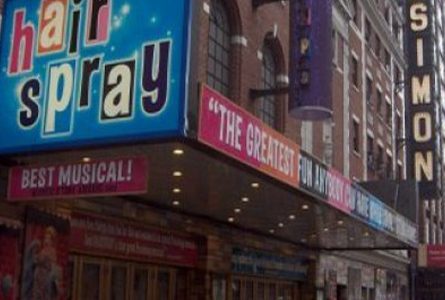

 The Neil Simon Theatre opened as the Alvin in 1927. On June 29, 1983, it was renamed in honor of Neil Simon following the successful production of Brighton Beach Memoirs (with Matthew Broderick), which was the first play in an autobiographical trilogy about Simon’s family and youth. The second play of his trilogy, Biloxi Blues (also with Matthew Broderick), played there successfully in 1985. Jake’s Women, another one of Simon’s plays with Alan Alda, was housed there in 1992. The Neil Simon has housed two of Broadway’s most famous productions since 2000: The Music Man revival and the Tony Award-winning Hairspray. The Neil Simon is one of the Nederlander Organization’s nine Broadway theatres. Other recent productions include Swan Lake; The King and I; Rise and Fall of Little Voice; Jackie Mason: Brand New; Breaking the Code with Derek Jacobi; and the Stephen Sondheim/George Furth musical Merrily We Roll Along.
The Neil Simon Theatre opened as the Alvin in 1927. On June 29, 1983, it was renamed in honor of Neil Simon following the successful production of Brighton Beach Memoirs (with Matthew Broderick), which was the first play in an autobiographical trilogy about Simon’s family and youth. The second play of his trilogy, Biloxi Blues (also with Matthew Broderick), played there successfully in 1985. Jake’s Women, another one of Simon’s plays with Alan Alda, was housed there in 1992. The Neil Simon has housed two of Broadway’s most famous productions since 2000: The Music Man revival and the Tony Award-winning Hairspray. The Neil Simon is one of the Nederlander Organization’s nine Broadway theatres. Other recent productions include Swan Lake; The King and I; Rise and Fall of Little Voice; Jackie Mason: Brand New; Breaking the Code with Derek Jacobi; and the Stephen Sondheim/George Furth musical Merrily We Roll Along.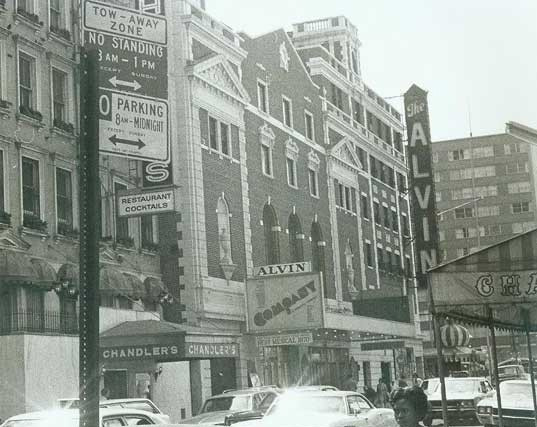
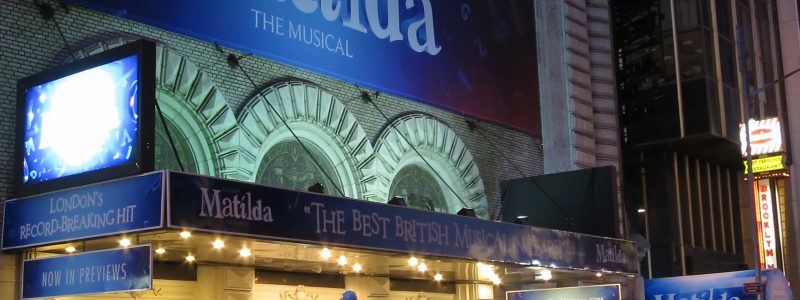
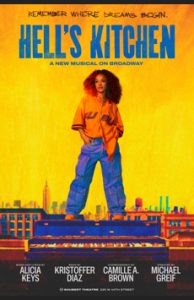
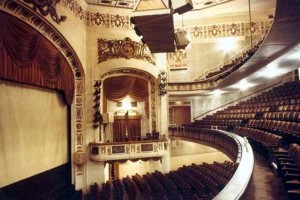
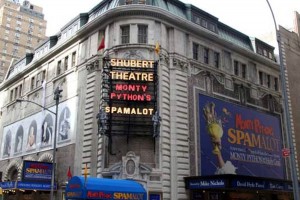
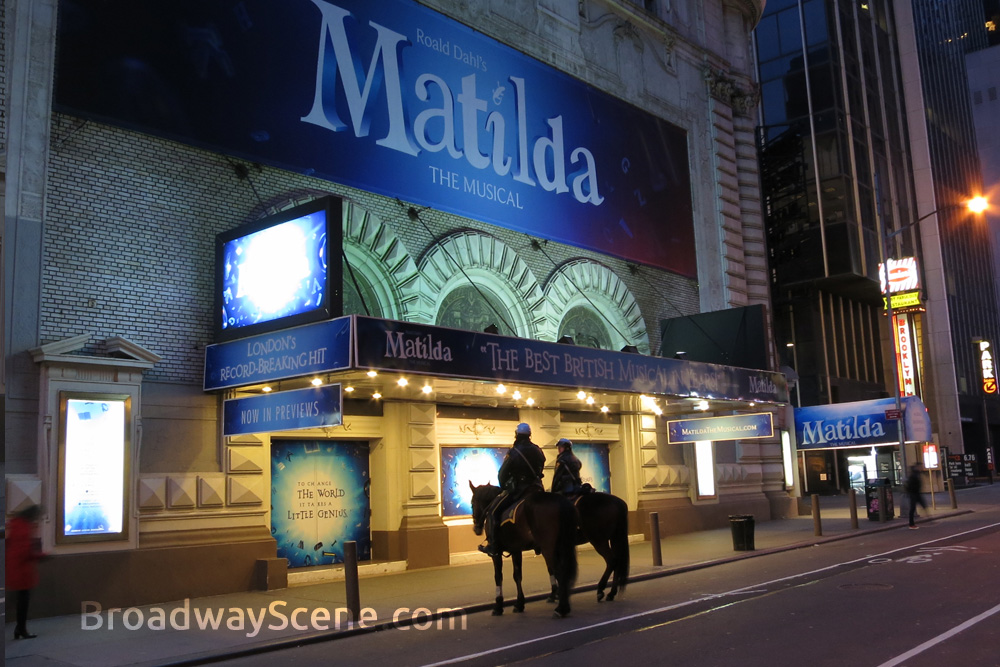
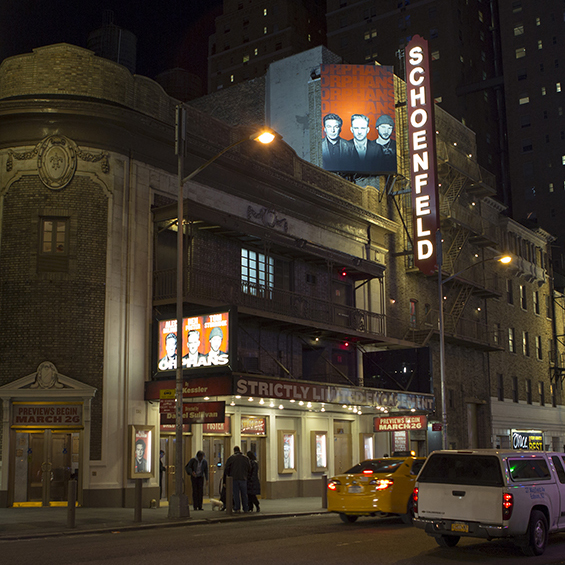

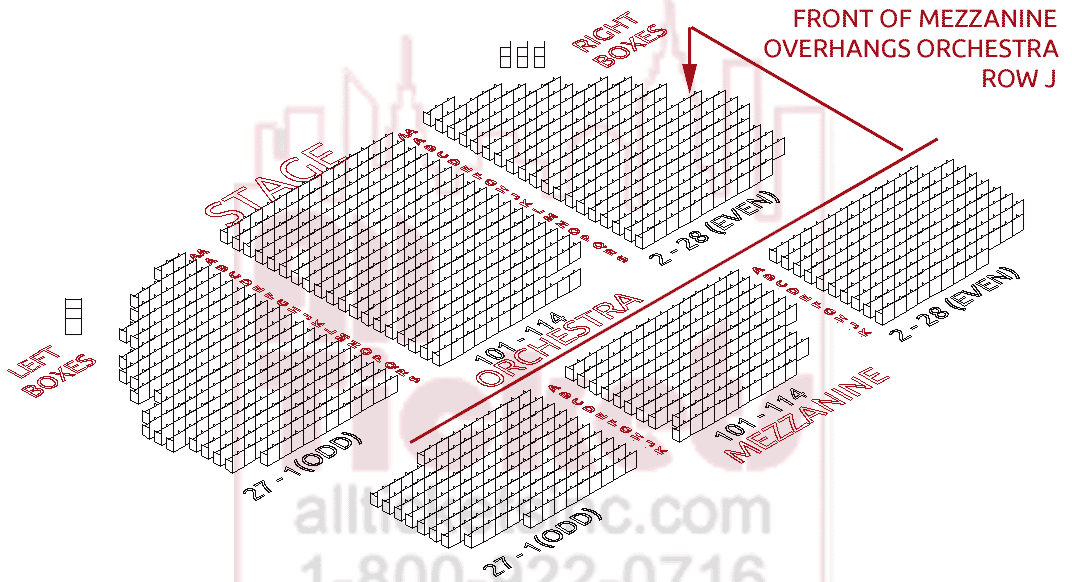
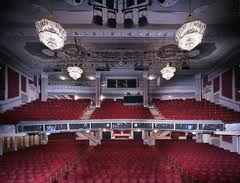
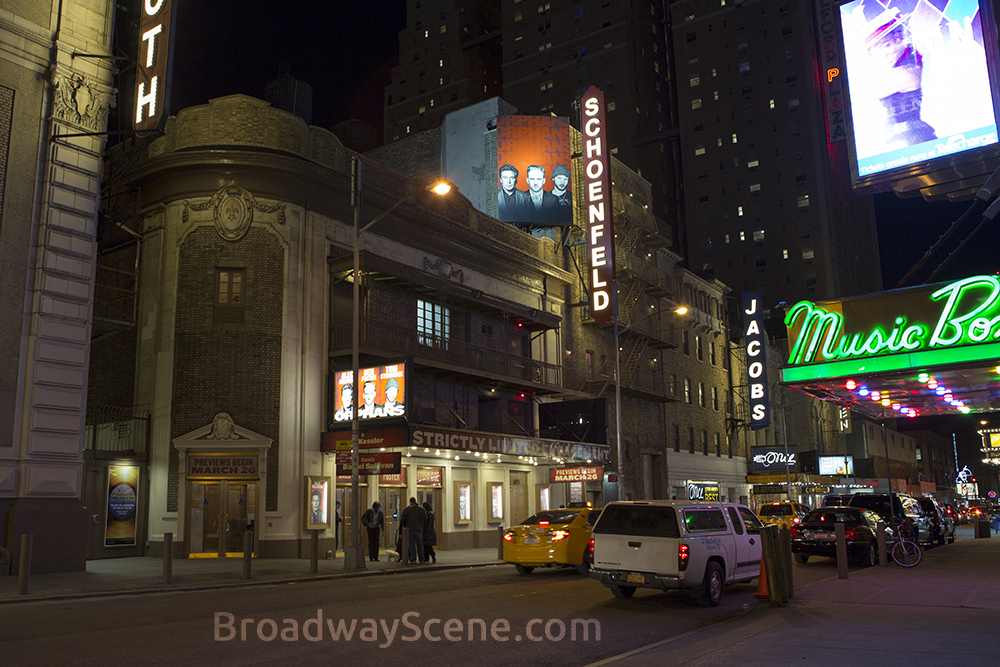

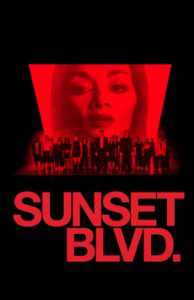

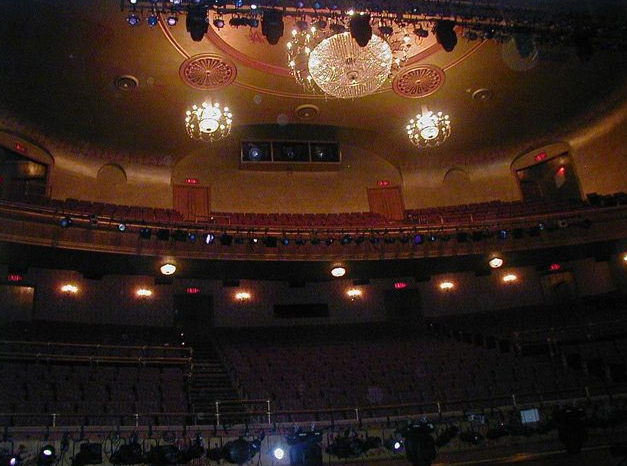
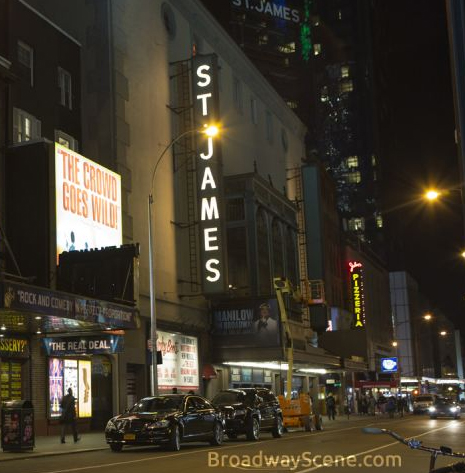
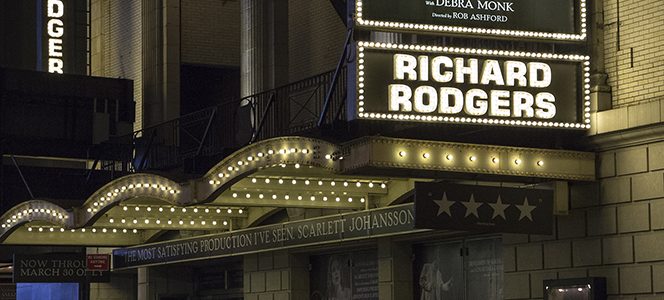


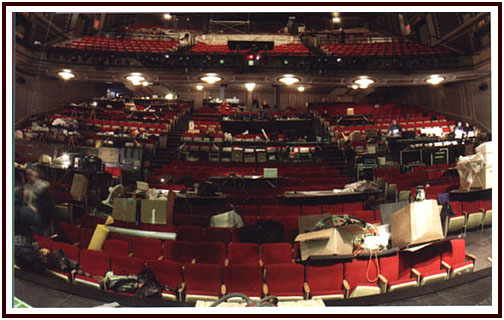
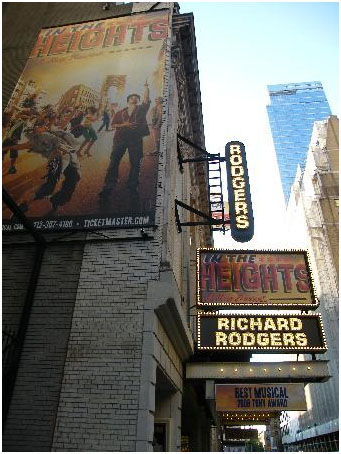
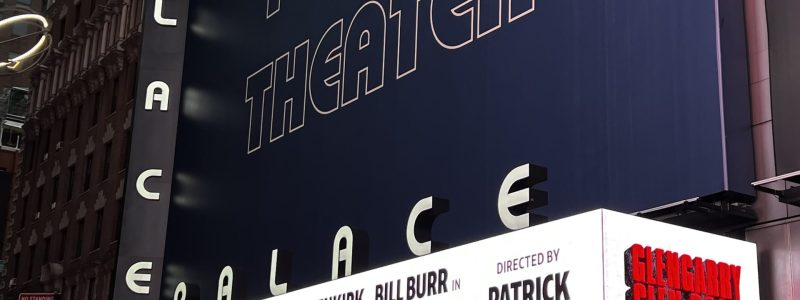


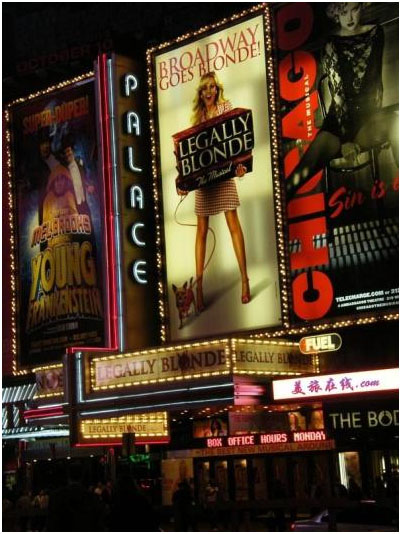
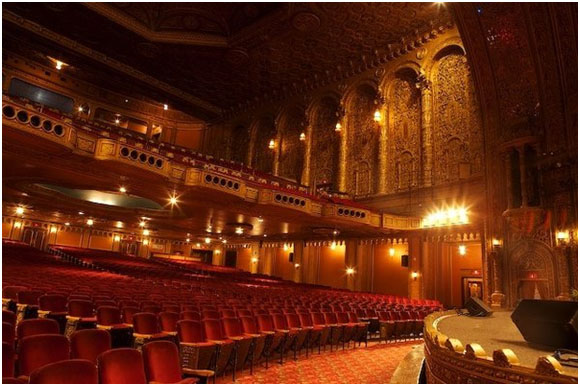

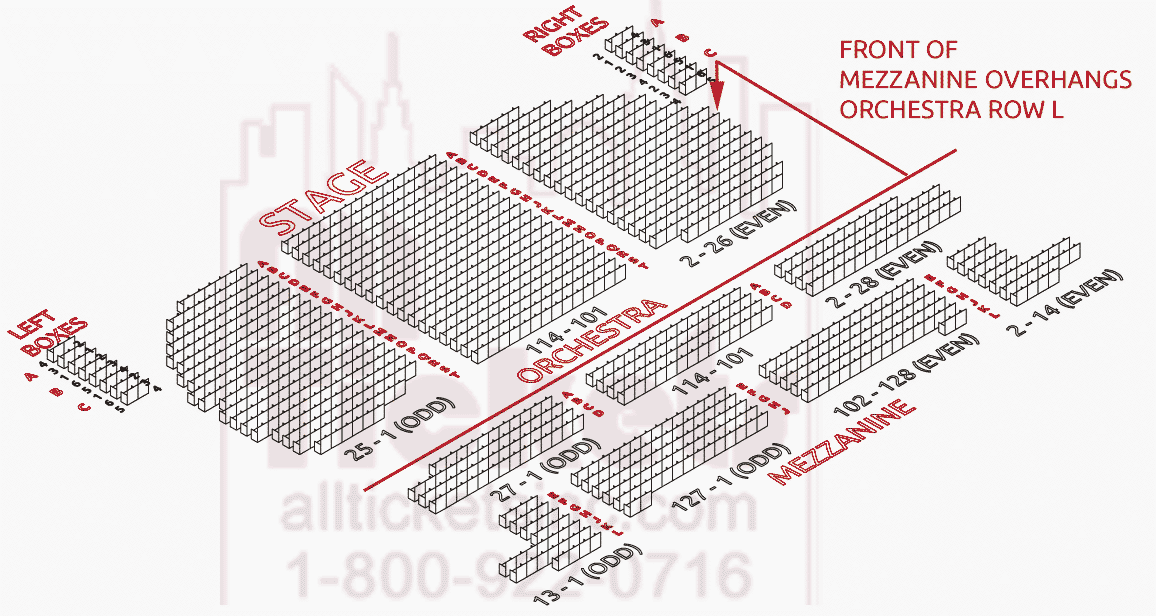

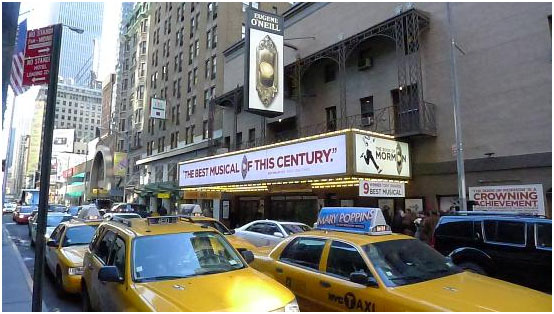

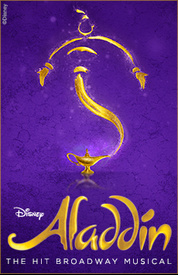


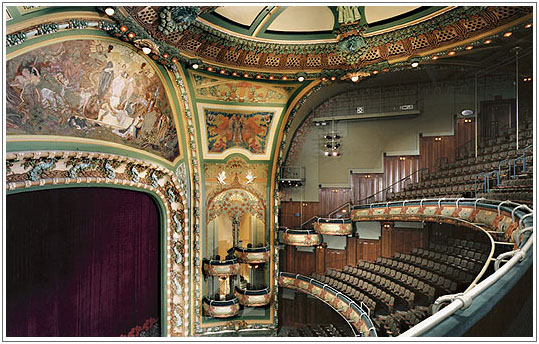
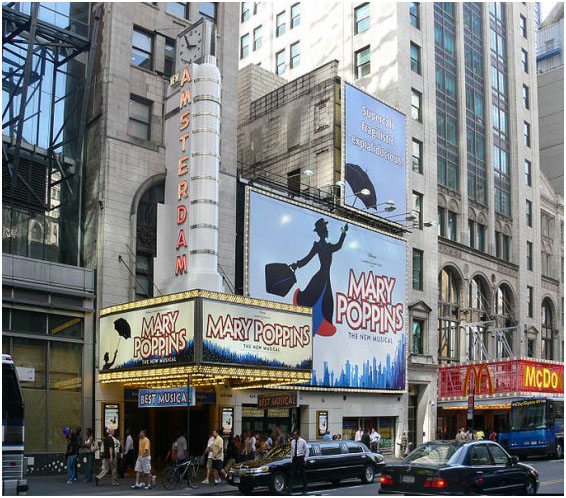
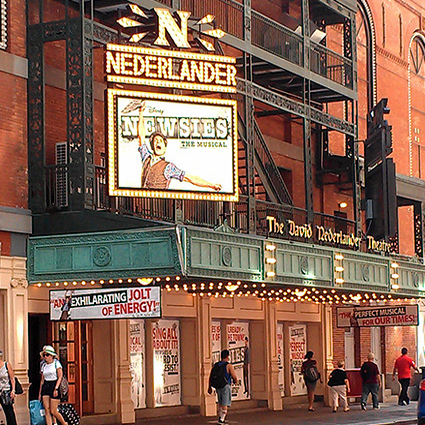

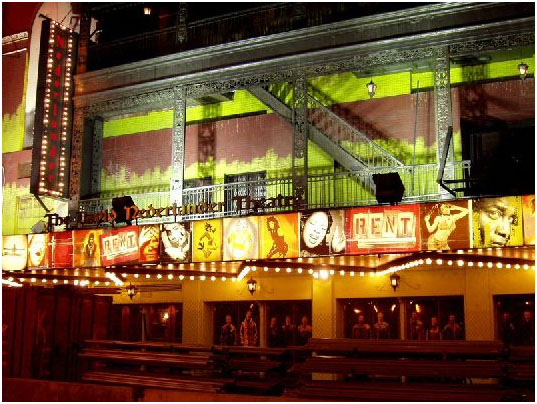

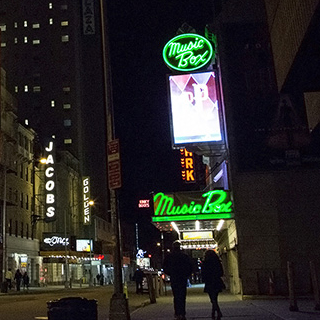
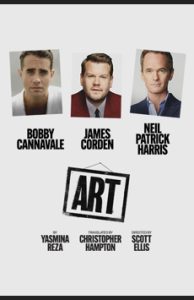
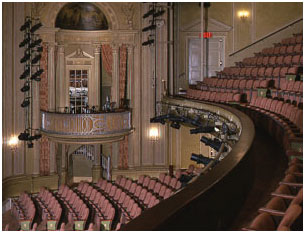
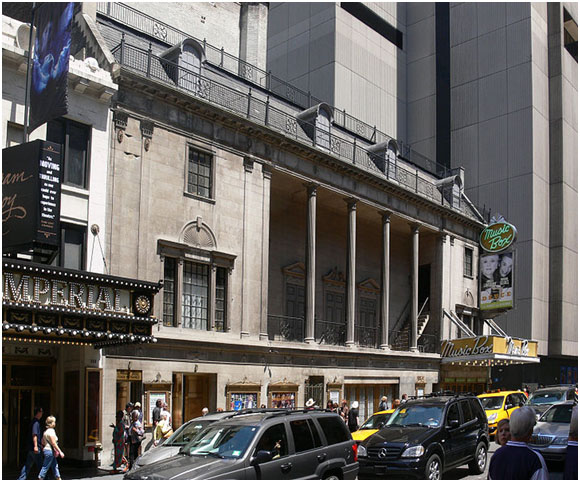
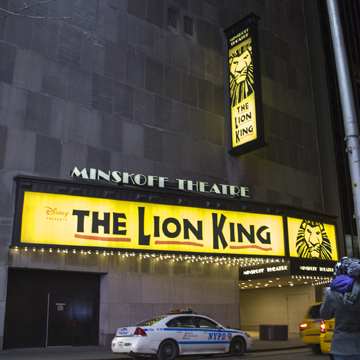


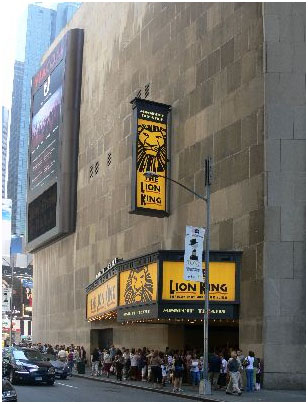
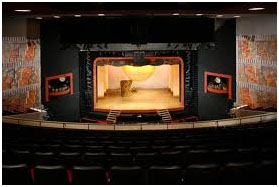

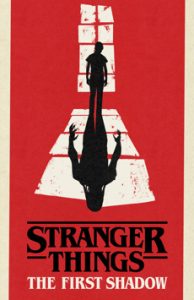

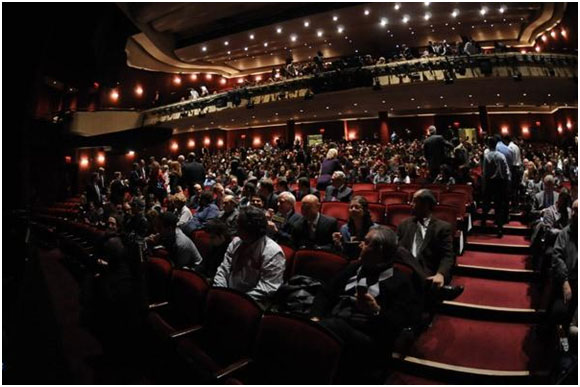
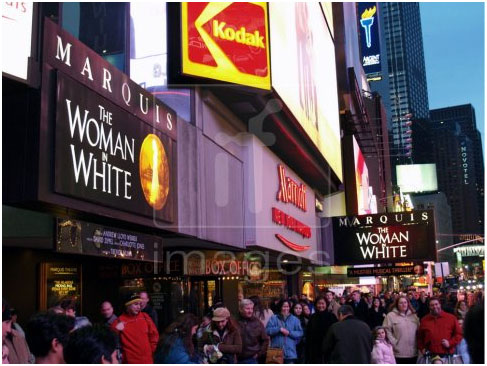
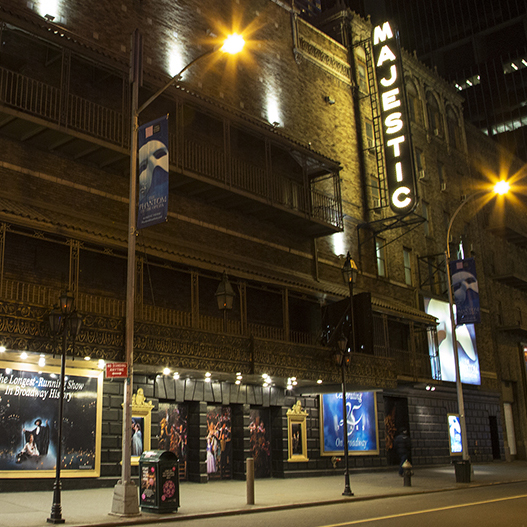

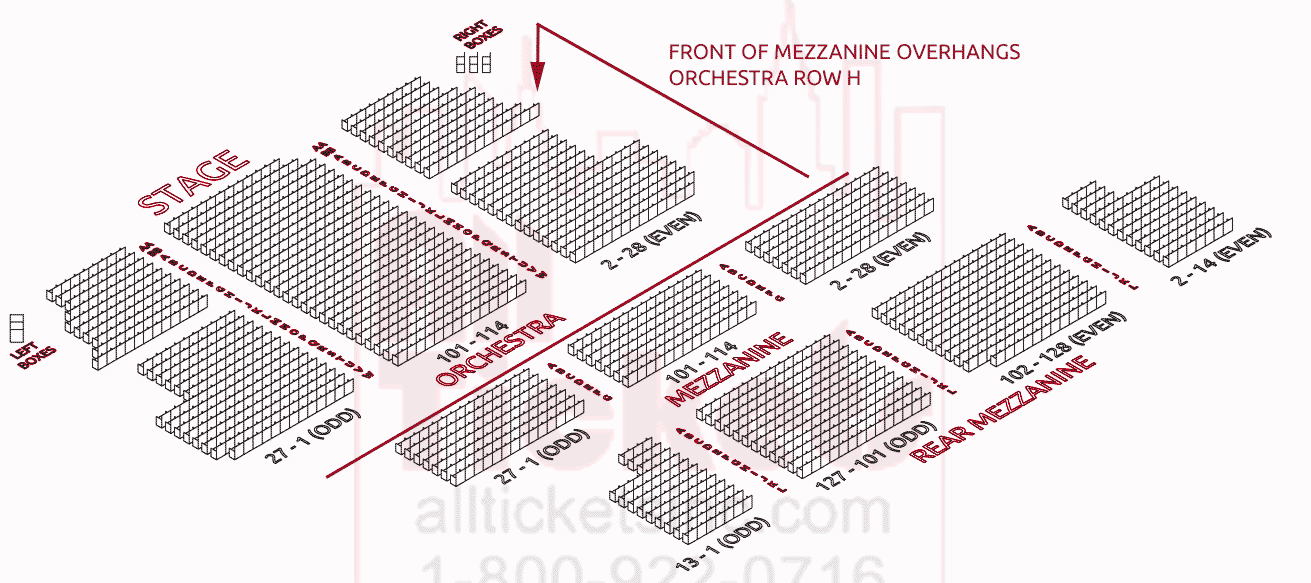

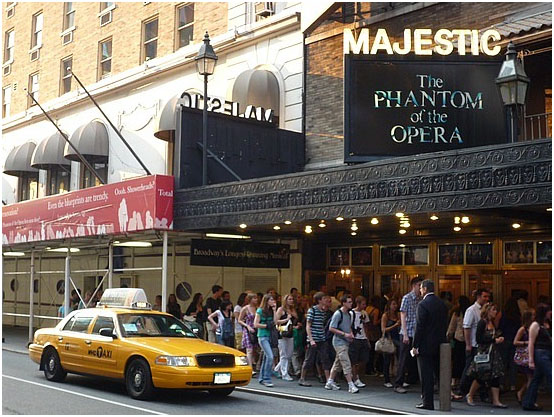
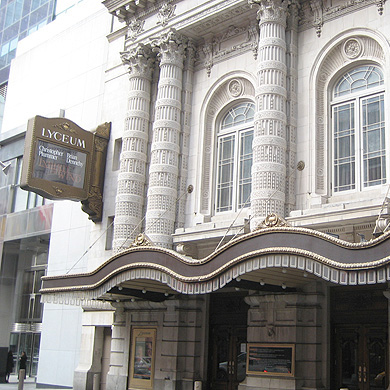
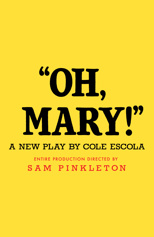
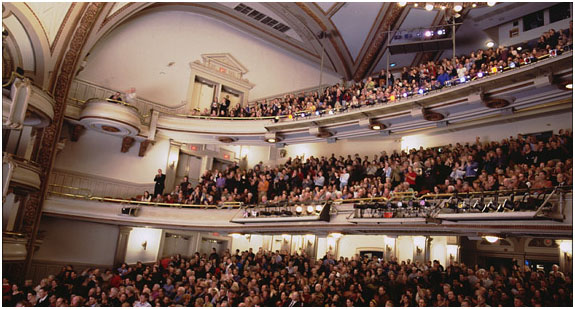

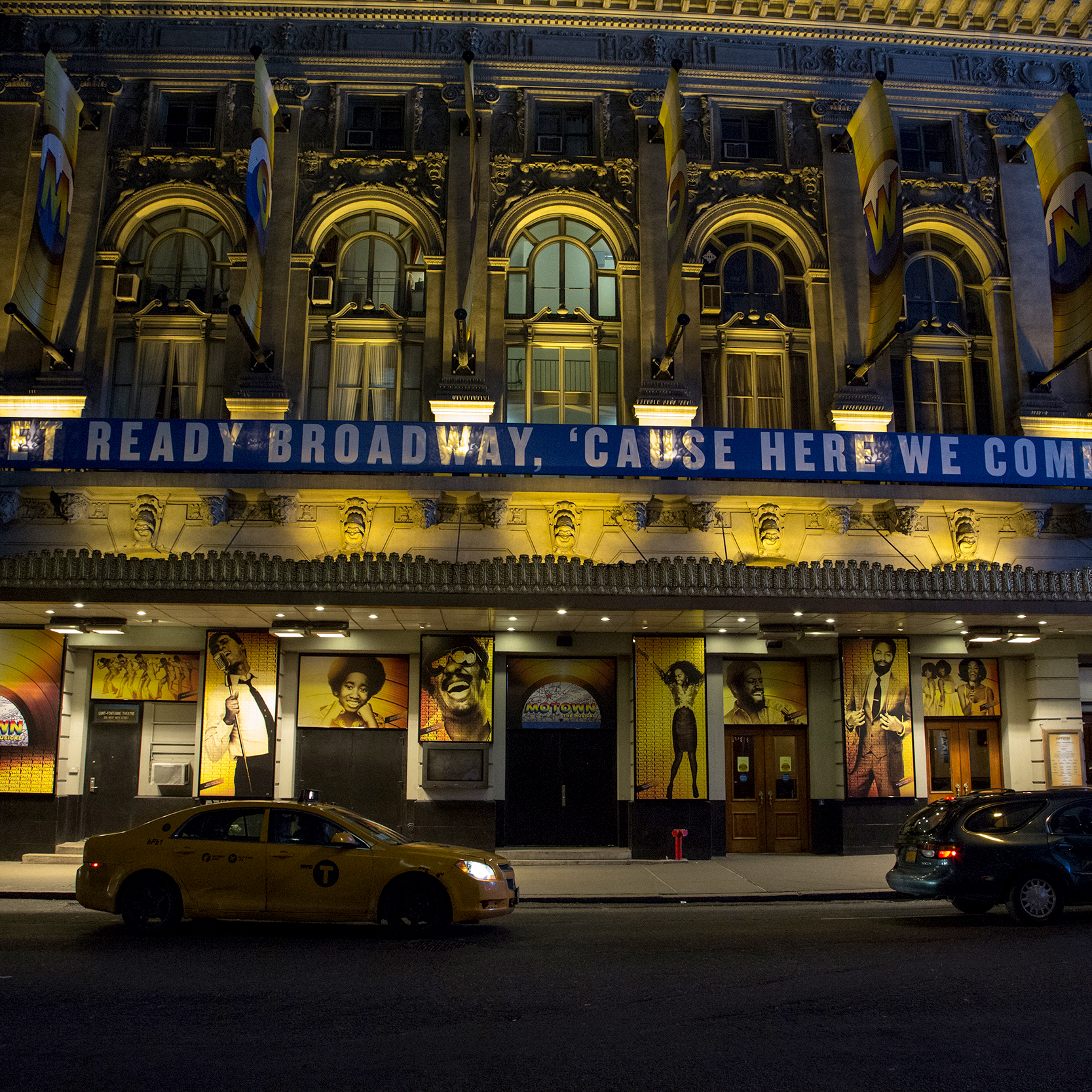


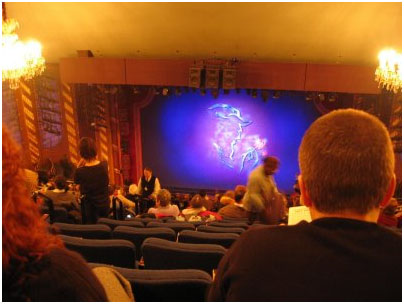


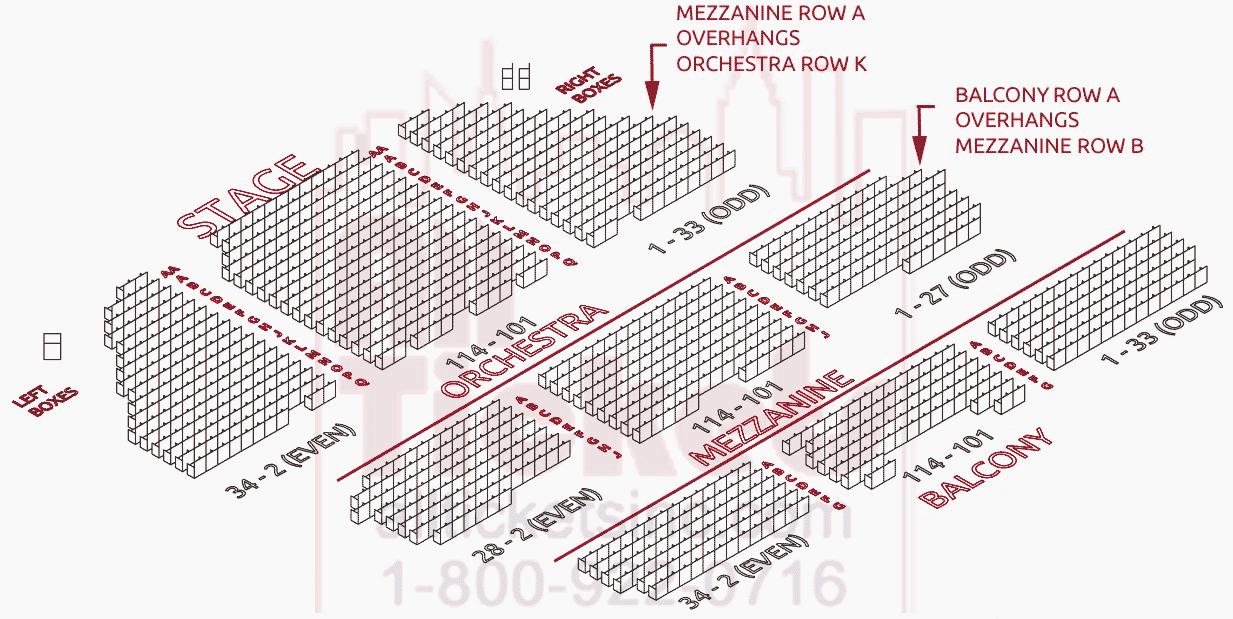

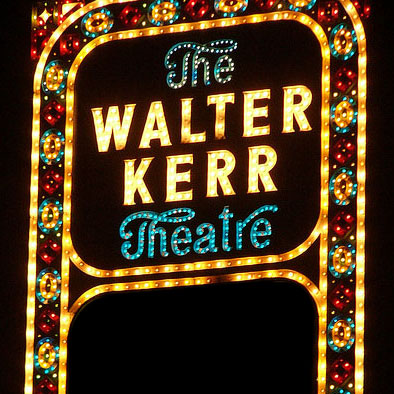
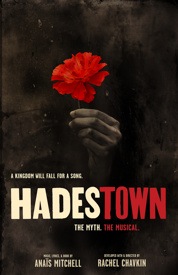
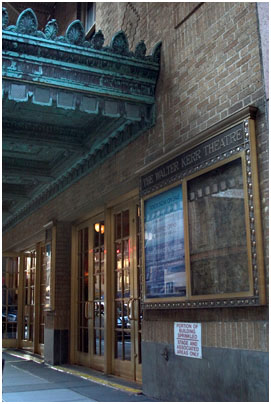

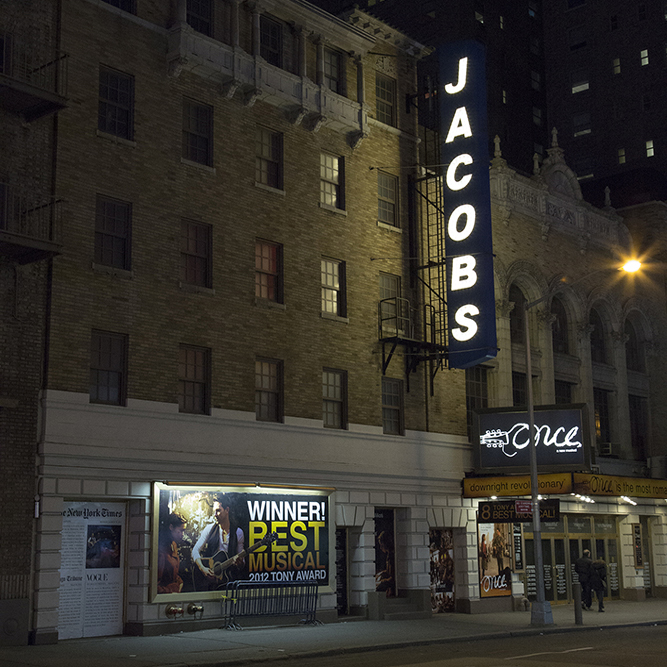



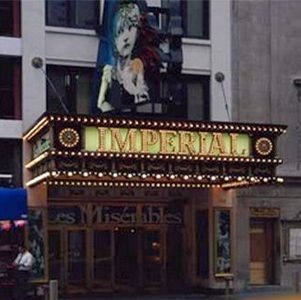
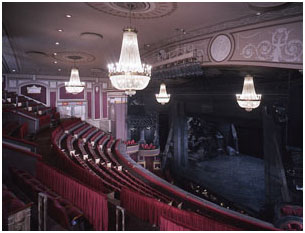
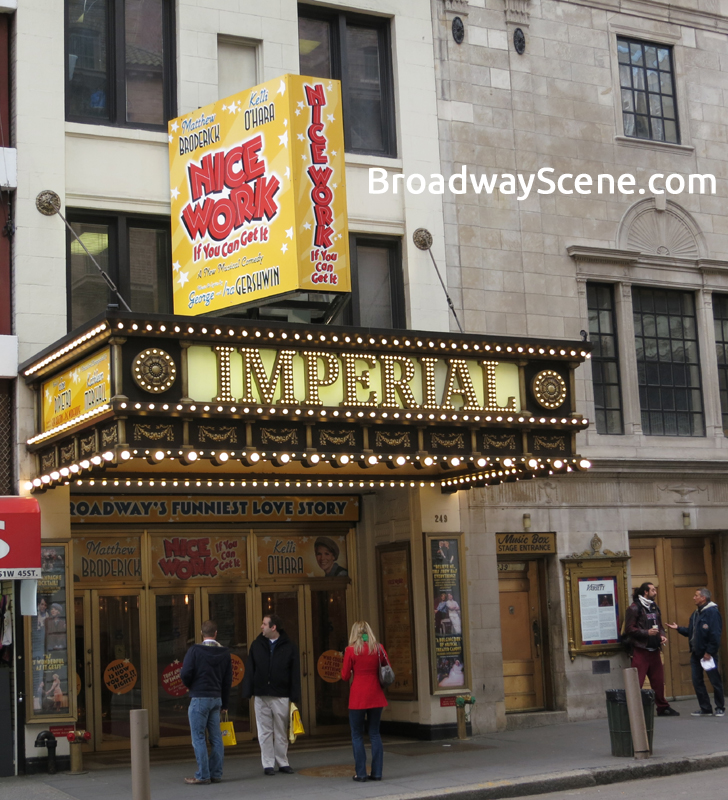
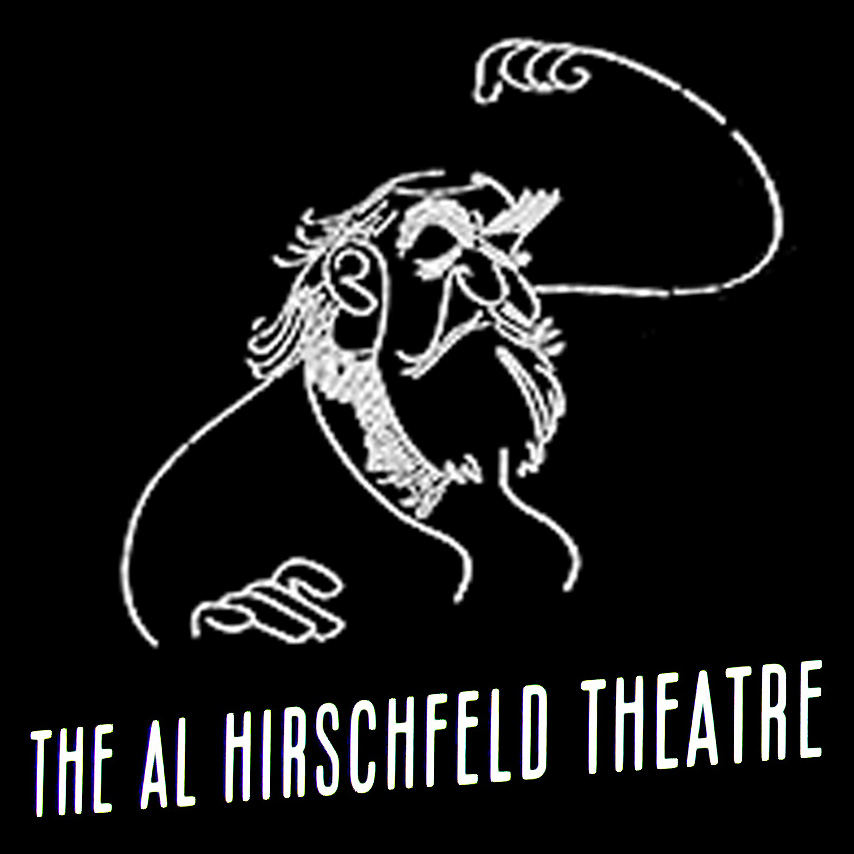

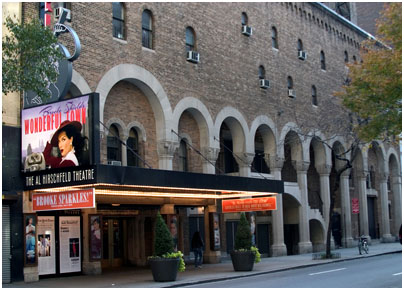
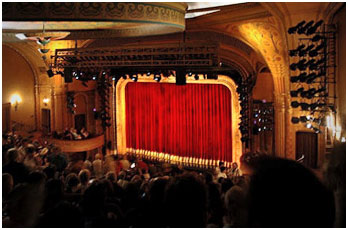
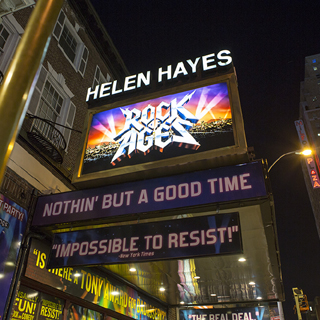
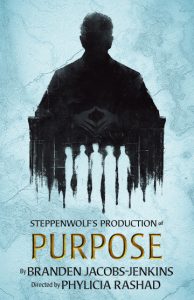
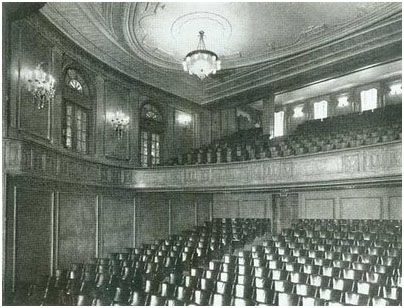
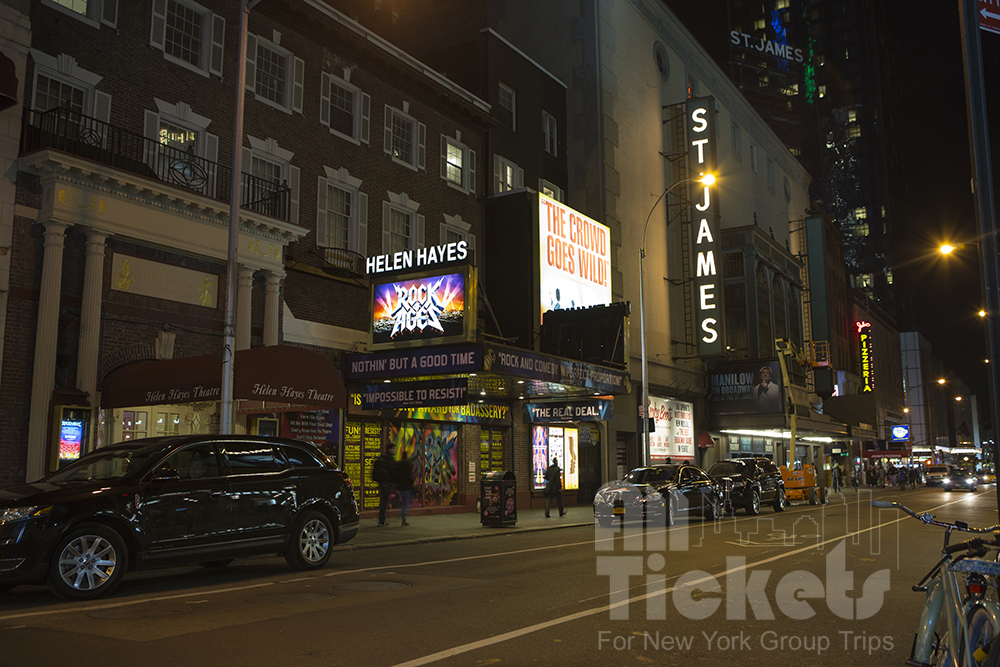


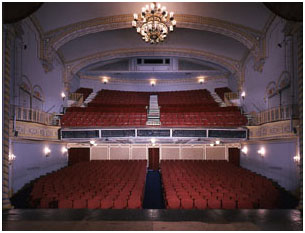
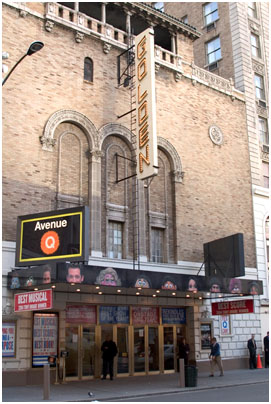
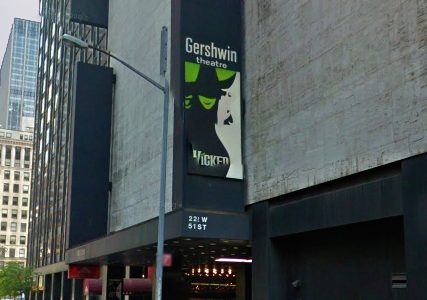
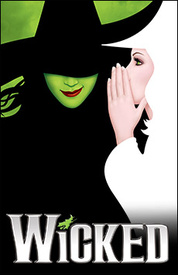
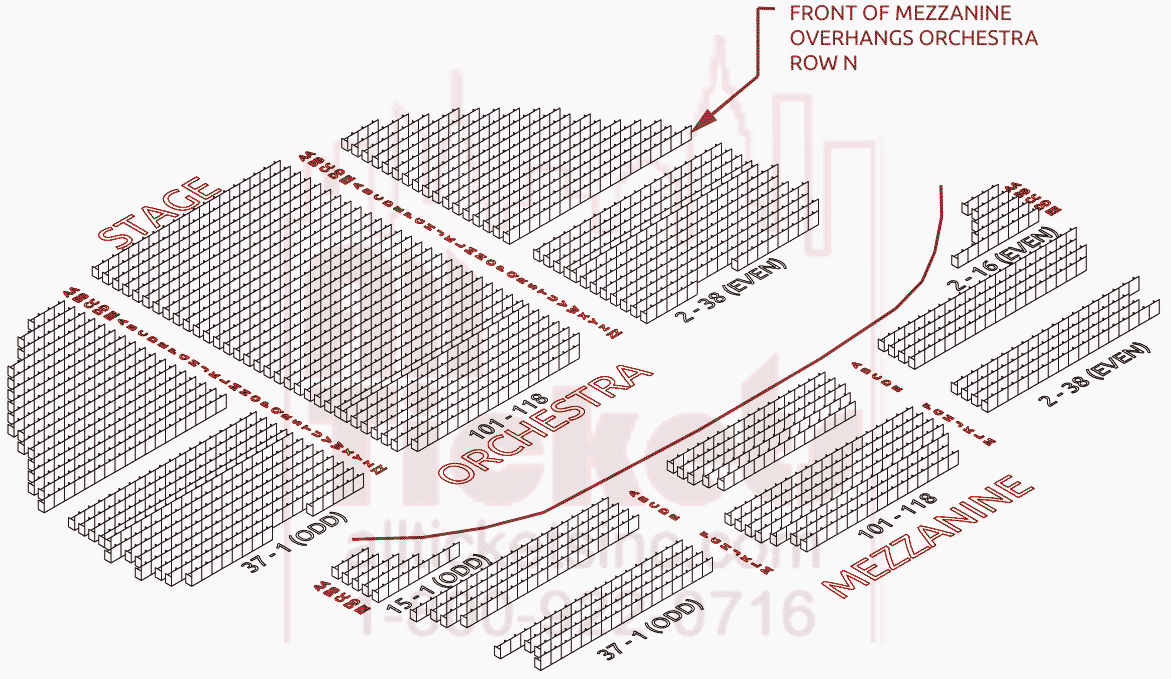
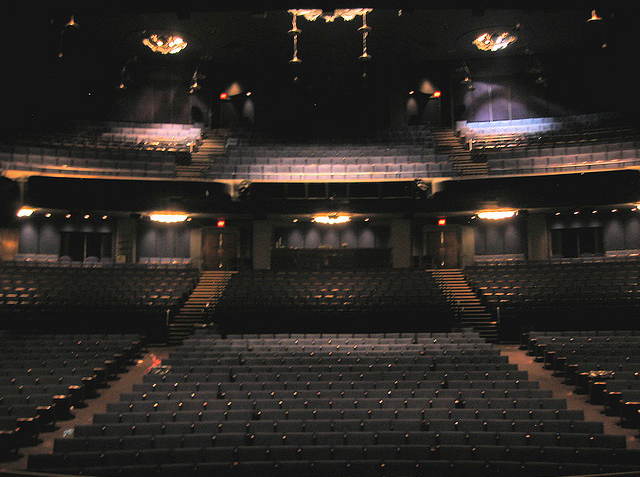








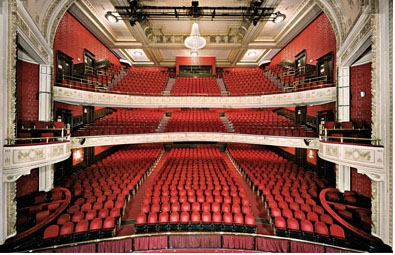








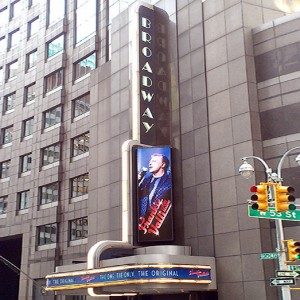

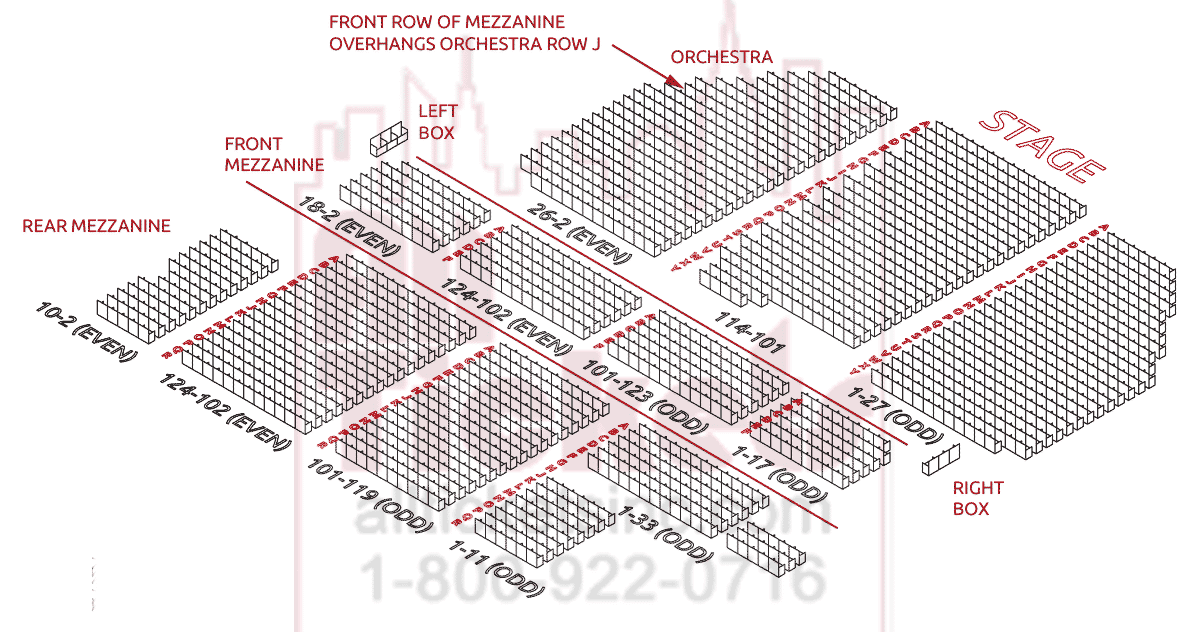
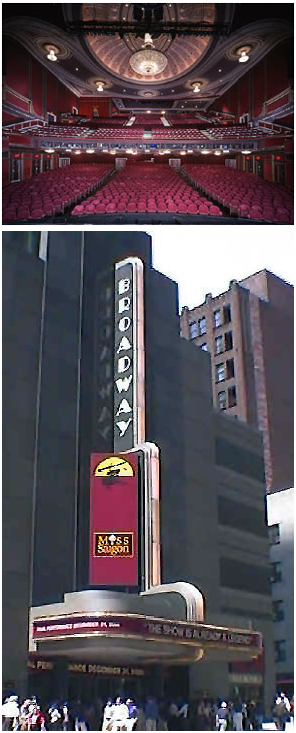


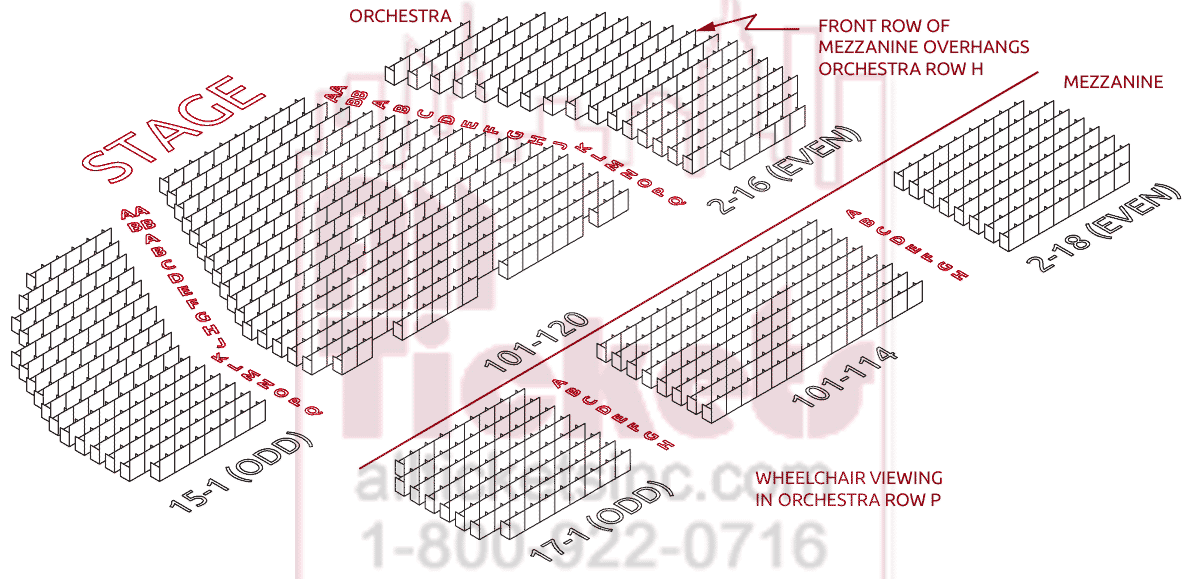
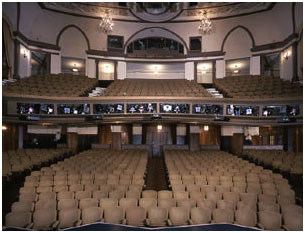
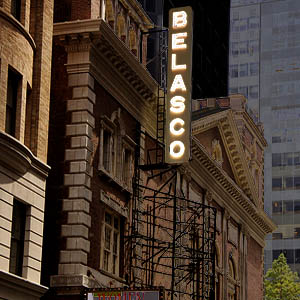
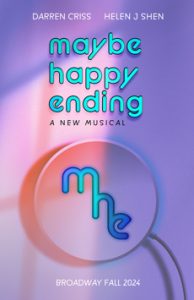


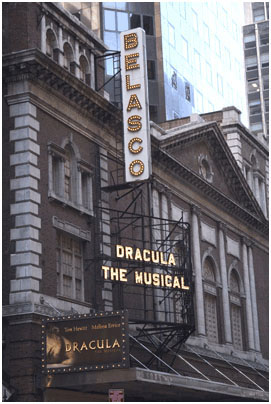
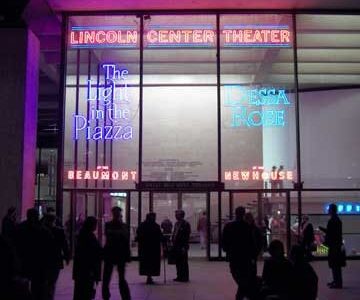

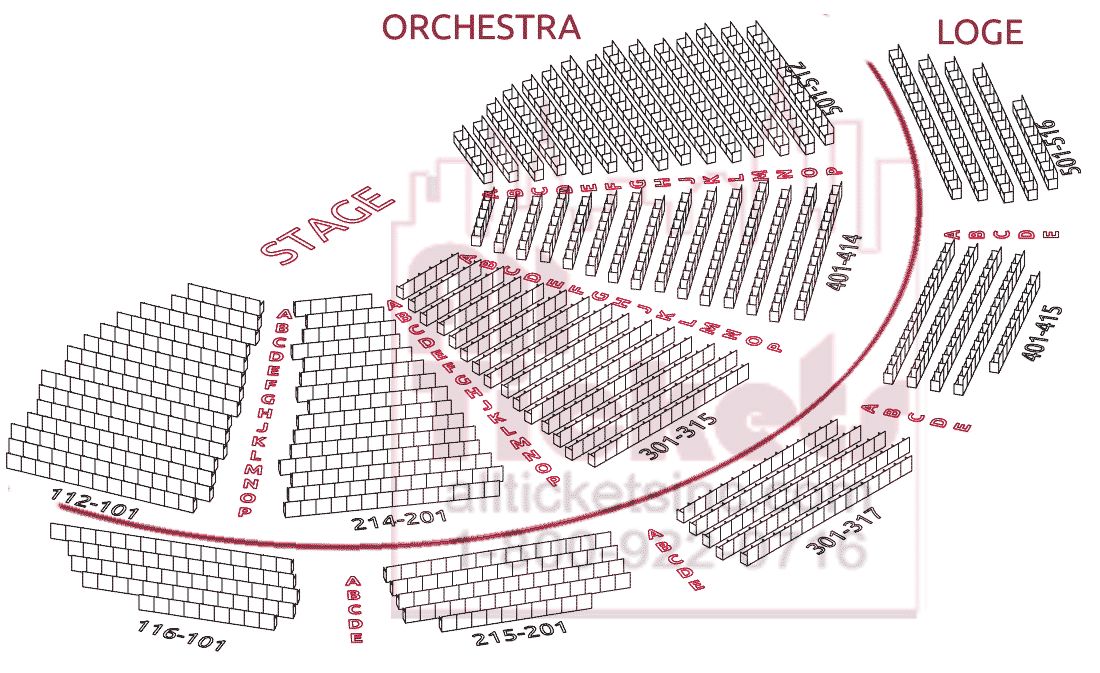
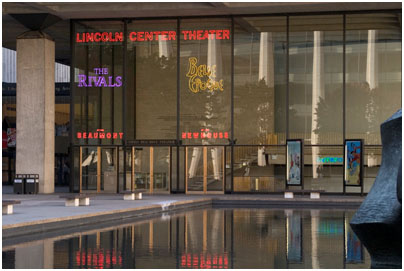
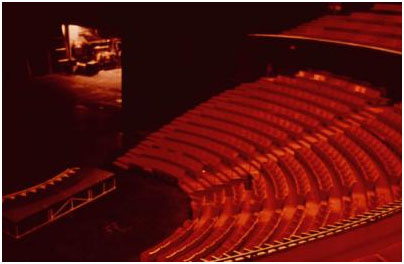

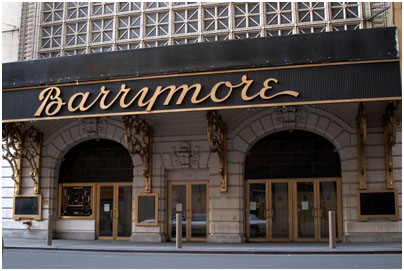
 Barrymore’s debut at her theatre was in The Kingdom of God in December 1928. Over the next twelve years she starred in The Love Duel (1929), Scarlett Sister Mary (1930), and The School for Scandal (1931). Her final performance at her theatre was An International Incident in 1940. Unlike many of the older theatres that have been used for various purposes, the Barrymore Theatre has consistently housed theatrical productions.
Barrymore’s debut at her theatre was in The Kingdom of God in December 1928. Over the next twelve years she starred in The Love Duel (1929), Scarlett Sister Mary (1930), and The School for Scandal (1931). Her final performance at her theatre was An International Incident in 1940. Unlike many of the older theatres that have been used for various purposes, the Barrymore Theatre has consistently housed theatrical productions.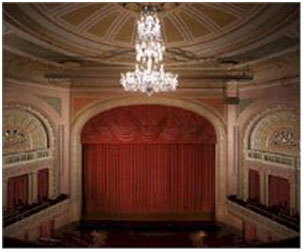
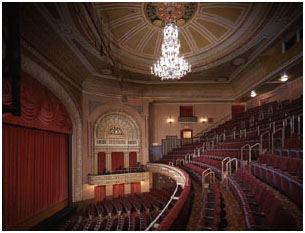


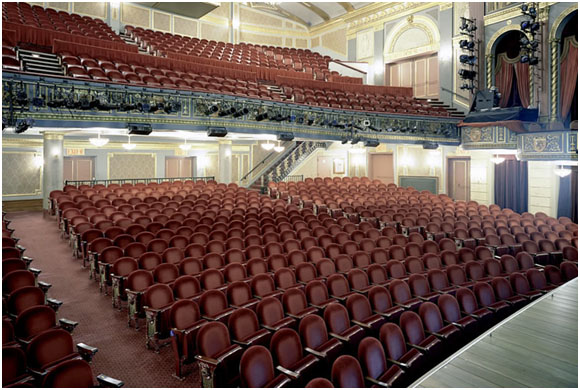

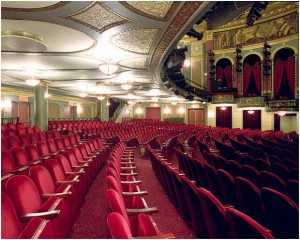
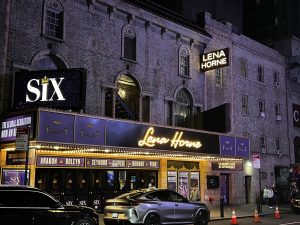
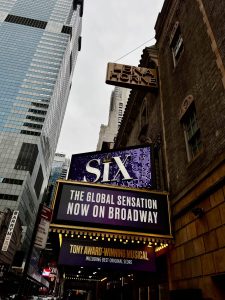
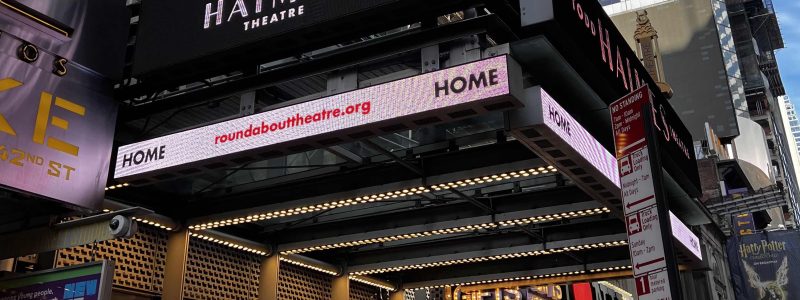


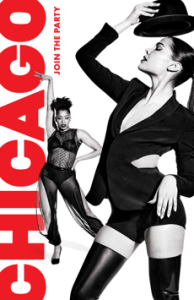
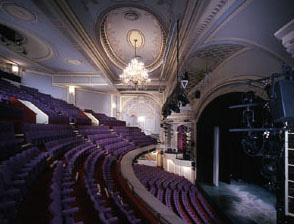 The Ambassador Theatre was designed for the Shuberts by architect Herbert J. Krapp and opened on February 11, 1921, with the musical The Rose Girl. To fit the maximum number of seats possible, the theatre is positioned diagonally on its site. As a result, stage-wing space is minimal. In 1935, the Shuberts sold the theatre, and it was converted into a movie theatre, serving in that capacity for the next twenty years. NBC and the DuMont Television Network then utilized the space as a television studio.
The Ambassador Theatre was designed for the Shuberts by architect Herbert J. Krapp and opened on February 11, 1921, with the musical The Rose Girl. To fit the maximum number of seats possible, the theatre is positioned diagonally on its site. As a result, stage-wing space is minimal. In 1935, the Shuberts sold the theatre, and it was converted into a movie theatre, serving in that capacity for the next twenty years. NBC and the DuMont Television Network then utilized the space as a television studio.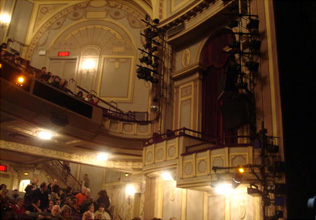 In 1956, the Shuberts regained ownership and since that time the theatre has only housed theatrical productions. Despite its simple external appearance, the layout inside is uniquely hexagonal. Krapp designed the interior more ornately, using Adam-style plasterwork which was one of his favorite design themes. It’s capacity is 1,088.
In 1956, the Shuberts regained ownership and since that time the theatre has only housed theatrical productions. Despite its simple external appearance, the layout inside is uniquely hexagonal. Krapp designed the interior more ornately, using Adam-style plasterwork which was one of his favorite design themes. It’s capacity is 1,088.